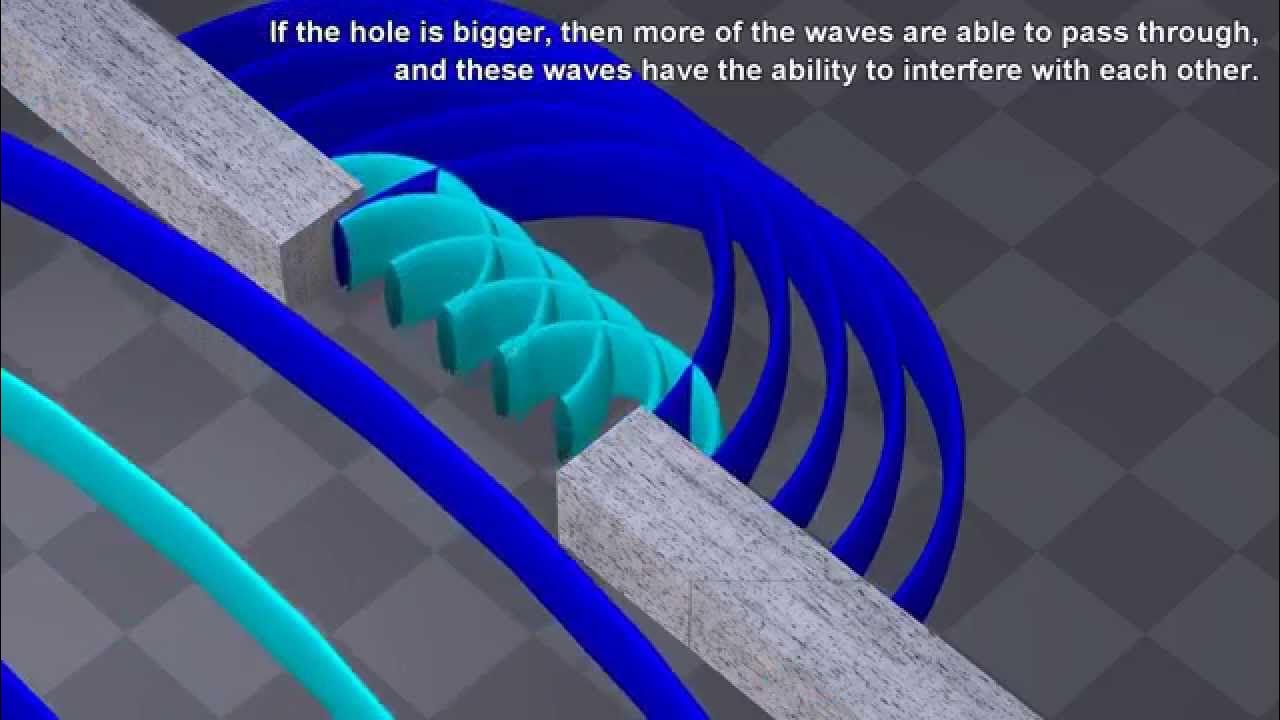The Absurdity of Detecting Gravitational Waves
Summary
TLDRThe script narrates the groundbreaking detection of gravitational waves, a phenomenon resulting from black hole mergers. It details the immense technical challenges, including the minuscule space-time distortions measured, the ultra-smooth mirrors, and the incredibly stable lasers. The narrative highlights the ingenuity behind the LIGO detectors, the world's second-largest vacuum chamber, and the quantum mechanics limitations that are pushing the boundaries of human knowledge.
Takeaways
- 💥 1.3 billion years ago, two black holes merged, creating gravitational waves detectable on Earth.
- 🌌 Gravitational waves are distortions in space-time caused by massive cosmic events.
- ⚡ The energy released by these waves was 50 times greater than that of all observable universe objects combined.
- 🌀 Detecting gravitational waves required measuring minuscule distortions in space-time.
- 🔬 The interferometers' arms are four kilometers long to measure the tiny changes caused by the waves.
- 📏 The measurement precision needed is equivalent to detecting a change the width of a human hair over the distance to Alpha Centauri.
- 💡 To achieve this, extremely stable lasers and the smoothest mirrors ever created are used.
- 🚀 The laser power in the interferometers' arms is one megawatt, sufficient to power a thousand homes.
- 🌬️ The detector operates in a vacuum with pressure one trillionth of Earth's atmosphere.
- 🔭 The detection system compensates for environmental noise and quantum uncertainties to measure gravitational waves.
Q & A
What event created the gravitational waves detected by humans for the first time?
-The merging of two black holes 1.3 billion years ago created the gravitational waves detected by humans for the first time.
How significant was the energy released by the merging black holes in comparison to the energy being released by the rest of the observable universe?
-The energy released by the merging black holes was 50 times greater than the energy being released by everything else in the observable universe combined.
What technological achievement allowed humans to detect gravitational waves?
-Humans were able to detect gravitational waves by using highly sensitive interferometers, which measured tiny variations in the distance between two light beams traveling in perpendicular pipes.
What is the primary challenge in detecting gravitational waves?
-The primary challenge in detecting gravitational waves is their extremely tiny effect, stretching and squeezing space by just one part in 10^21, which requires incredibly precise measurements.
Why are the arms of the interferometers used to detect gravitational waves four kilometers long?
-The arms of the interferometers are four kilometers long to measure over as large a distance as possible, increasing the sensitivity to detect the tiny variations caused by gravitational waves.
How small are the variations in the arm length of the interferometers due to gravitational waves?
-The variations in the arm length of the interferometers due to gravitational waves are at most 10^-18 meters, which is 1/10,000 the width of a proton.
What measures are taken to minimize environmental noise in the gravitational wave detectors?
-To minimize environmental noise, the mirrors in the detectors are suspended by silica threads and isolated in ultra-high vacuum chambers, and two detectors are built far apart from each other to distinguish local noise from gravitational waves.
Why is it necessary to use a highly stable laser in the interferometers?
-A highly stable laser is necessary because any variation in the laser's wavelength would make it impossible to accurately measure the tiny changes in distance caused by gravitational waves.
What is the significance of the laser power used in the interferometers?
-The laser power in the interferometers is one megawatt, which helps minimize shot noise by using a large number of photons, reducing the uncertainty in the measurements.
How is the issue of stretching light due to gravitational waves addressed in the detection process?
-The issue is addressed by constantly inserting new light into the system. The new light travels the stretched space, allowing the measurement of the interference changes over time, while keeping the laser wavelength fixed.
What is the current limitation on the sensitivity of gravitational wave detectors?
-The current limitation on the sensitivity of gravitational wave detectors is due to quantum mechanics, specifically the quantum uncertainty in the number of photons hitting the mirrors at any instant.
What is the future goal for gravitational wave detection technology?
-The future goal for gravitational wave detection technology is to improve sensitivity to detect all black holes in the universe all the time, which requires significant advancements but is considered within reach.
Outlines

このセクションは有料ユーザー限定です。 アクセスするには、アップグレードをお願いします。
今すぐアップグレードMindmap

このセクションは有料ユーザー限定です。 アクセスするには、アップグレードをお願いします。
今すぐアップグレードKeywords

このセクションは有料ユーザー限定です。 アクセスするには、アップグレードをお願いします。
今すぐアップグレードHighlights

このセクションは有料ユーザー限定です。 アクセスするには、アップグレードをお願いします。
今すぐアップグレードTranscripts

このセクションは有料ユーザー限定です。 アクセスするには、アップグレードをお願いします。
今すぐアップグレード関連動画をさらに表示

Gravitational Waves Are Awesome

STELLAR EVOLUTION | The Life and Death of Stars | #EvolutionOfStars #StarFormation

Black Holes: Crash Course Astronomy #33

Study Finds Sgr A* Black Hole's Actual Age and How It Was Formed

Diffraction interference patterns with phasor diagrams

What If You Fell Into a Black Hole?
5.0 / 5 (0 votes)
